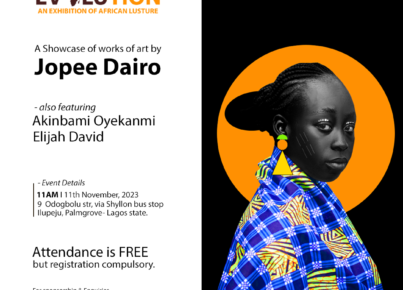[dropcap custom_class=”normal”] Indigo dye was the foundation of numerous textile traditions throughout West Africa. For centuries before the introduction of synthetic dyes the ability to transform everyday white cotton into prized deep blue cloth was a mysterious and highly valuable skill passed on by specialist dyers from generation to generation. From the Tuareg nomads of the Sahara to the grassland kingdoms of Cameroon, indigo cloth signified wealth, abundance and fertility.[/dropcap]
Indigo Dye
A century ago blue and white striped cloth was the normal attire made with indigo dye across a vast area from Senegal to Cameroon, while numerous traditions of “shibori” type resist pattern dyeing flourished. Appropriately it was women who dyed cloth with indigo in most areas, with the Yoruba of Nigeria and the Manding of Mali (especially the Soninke /Malinke) particularly well known for their expertise. Yoruba dyers paid tribute to a patron deity, Iya Mapo to ensure the success of the complex dye process. Among the Hausa, where the export trade in prestige textiles was highly organised, male dyers working at communal dye pits were the basis of the wealth of the ancient city of Kano.
“Malinke dyers” old postcard, photograph taken by Edmund Fortier in the Futa Jallon region of Guinee in 1905. Note the use of a half buried pot as the dye vessel, and, at the left, a woman beating folded cloth to impart a glazed sheen.
Indigo in West Africa was obtained from local plant sources, either indigofera or lonchocarpus cyanescans. Transforming the raw material into a successful dye vat was a complex process requiring great expertise and liable to unexplained failure. Inevitably it was usually surrounded with ritual prescriptions and prohibitions. The primary ingredients were dried balls of crushed leaves from indigo bearing plants, ash, and the dried residue from old vats. 
Cloth had to be dipped repeatedly in the fermented indigo dye, exposed briefly to the air, then re-immersed. The number of dippings, and the strength and freshness of the dye determined the intensity of the resulting colour. After the dyed cloth had dried it was customary to beat the fabric repeatedly with wooden beaters, which both pressed the fabric and imparted a shiny glaze. In some areas additional indigo paste was beaten into the cloth at this stage, subsequently rubbing off on the skin of the wearer in a much desired effect.
Today synthetic indigo and brightly coloured imported fabrics have largely displaced natural indigo except in remote regions and only in a few areas can one still see indigo cloths in regular use. For many cloths like those in our galleries dating from the mid-twentieth century represent the last remainders of a long tradition. Elsewhere though natural indigo continues to be used, for example by Dogon women in Mali and Mossi and Dioula in Burkina Faso.
Source: adireafricantextiles.com






